Customer Acquisition Guide: What Is It and What's The Process?
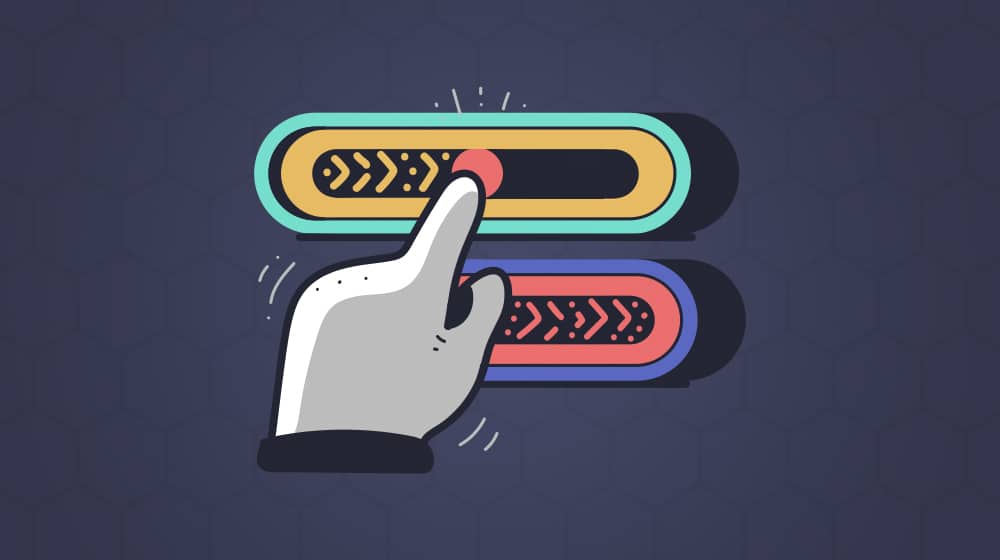
Let's start with a quote from HubSpot:
"Customer acquisition is the process of onboarding new customers or clients to your business. Customer acquisition professionals use specific techniques to get potential customers to take action. This process aims to create a systematic, sustainable strategy to acquire new customers and grow revenue for the business."
Many people consider this part of marketing as a whole, but the truth is that marketing and customer acquisition are parts of an overall business growth strategy. Marketing is focused on building brand awareness and gaining attention; customer acquisition focuses on convincing those users to take action.
You can think of it in physical terms pretty effortlessly:
- Marketing gets people to come to your store.
- Customer acquisition brings them to leave having made a purchase.
If you're reading this and thinking, "that just sounds like part of doing business," you're mostly right. It is, and it should be, but the trouble comes from businesses that don't put processes in place to make it intentional.
Intentionality is the key to many business processes, after all.
Unlike, for example, conversion rate optimization, customer acquisition is only concerned with one specific funnel that converts users into customers. Lead generation, newsletter opt-ins, social media follows, and other forms of conversions are part of customer acquisition as top and middle-funnel processes. Still, the end goal is always the sale.
Understanding Customer Acquisition Channels
Part of customer acquisition is knowing that various channels drive users towards the same conversion result. Some businesses rely primarily on a single source, while others use several (if not all) of these avenues in their customer acquisition funnel.
What are these channels?
1. Blogging
Creating and maintaining a blog is one of the most prominent modern customer acquisition strategies. It allows you to showcase your knowledge and expertise in your chosen subject. It helps you convince users that you're trustworthy and know what you're talking about.

It gives you opportunities to engage with your target audience, listen to their feedback, and tailor future content and marketing campaigns towards their needs. It even builds thought leadership and can position you as a trusted resource throughout your industry.
2. Content Marketing
While blogging is part of content marketing, content marketing includes so much more.

"Content" can mean blog posts, but also infographics, podcasts, YouTube videos, webinars, simple graphics, case studies, white papers, eBooks, and more.
Social media platforms are some of the most flexible and fickle channels. When used properly, they can be of immense value. When misused, they can be massive time sinks with no return. Like most organic marketing strategies, growing an audience and creating content worth sharing can take years to accomplish. Companies that try to "automate" their social postings and neglect their audience are not likely to have any significant success with an organic strategy.
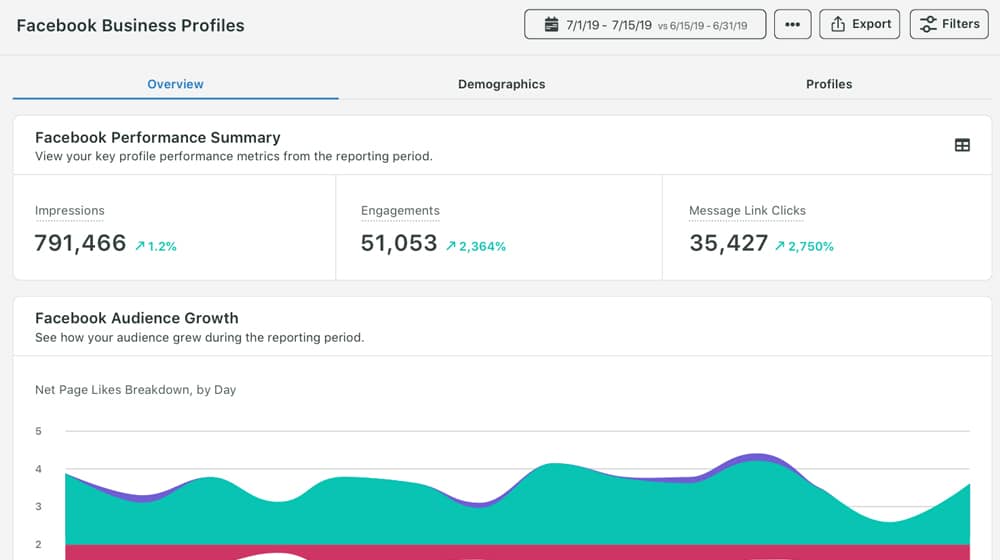
The worst part about social media marketing is it has to be beholden to the whims of a dozen different algorithms. If Facebook decides that they want to change how their algorithm works, well, you have to adapt. It's a ton of overhead to keep on top of, but since there are billions of people on social media, it's still worth doing.
4. Search and Search Engine Optimization
Any time someone wants to find information online, they turn to Google. Google has 90% of the global search market share and close to 90% in the United States.
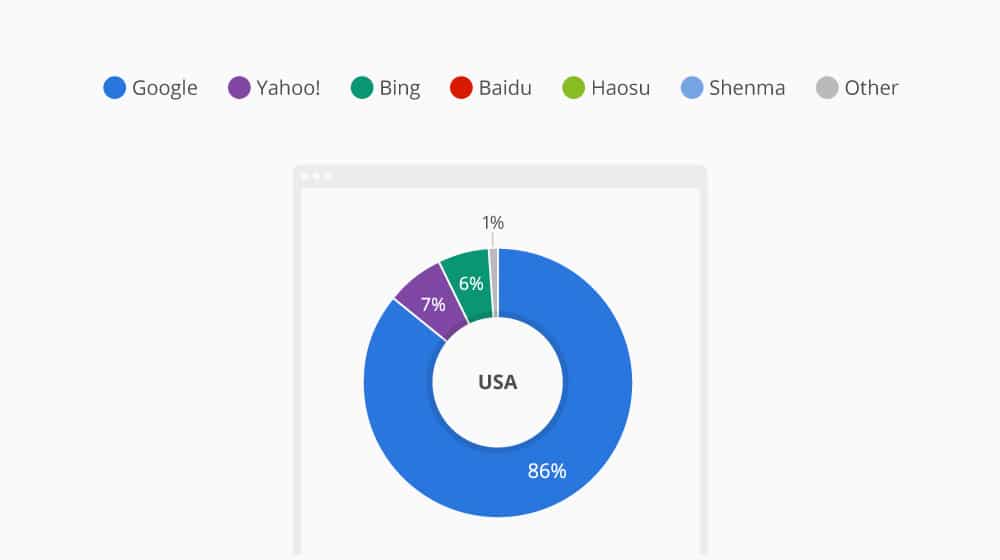
Thus, using SEO techniques and creating content that Google and users want to see is a critical customer acquisition channel.
5. Email Marketing
Your newsletter is a vital part of your marketing, primarily because it has the exact opposite perspective as social media.
With social media, you can share content with a broad audience, many of whom might have no idea who you are, and you're reliant on the platform to show your content. With email, your audience is much smaller, and all guaranteed know who you are (because they signed up).
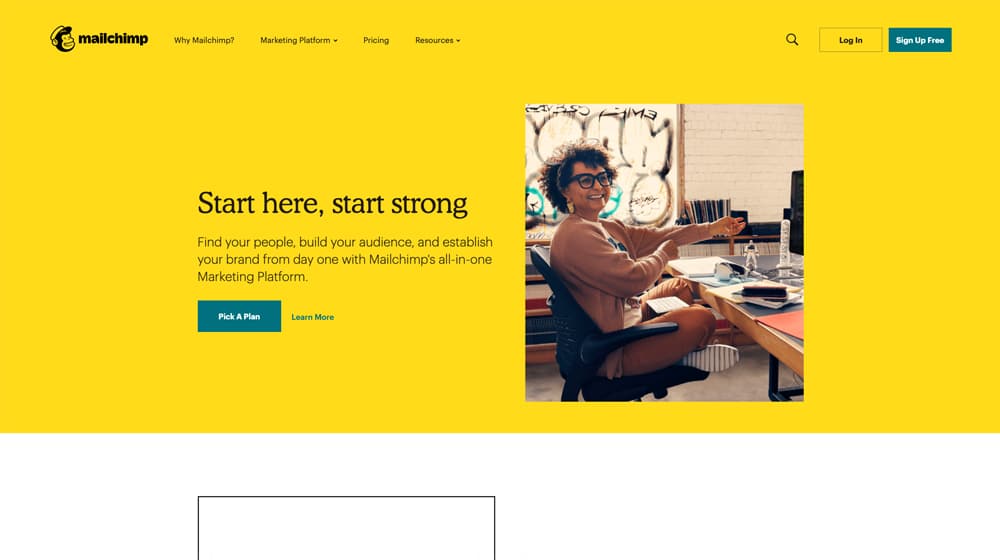
In addition, your email list is entirely controlled by you. Social media and search engine algorithms won't change or be affected. You're not beholden to a single email provider and can move your audience to any provider you like. The only thing to watch out for is spam filters, so email your list responsibly and remember to give users a way to unsubscribe if they wish to remove themselves from your list.
It's a great way to turn first-time visitors into potential customers. These benefits make email a robust and reliable tool for a business.
6. Referral and Affiliate Marketing
With some of these customer acquisition strategies, you don't have to work so hard to find ideal customers - your affiliate or referral partners will do the heavy lifting for you and direct their website visitors to your landing pages.

Of course, you'll have to pay them for every customer they send your way, but the finder's fee you pay your affiliates may be less than you're spending on other channels. Best of all, you sit back and relax while your customer base grows.
This strategy works better with some businesses than others, depending on your profit margins and industry.
7. Paid Ads
Ads are one of the most popular customer acquisition strategies. Most major content websites have an ad platform. Google Ads and Facebook Ads are the obvious ones, but LinkedIn, Twitter, YouTube, Bing, and Pinterest are also. Even sites like Quora and Reddit have ad platforms.
You only have to watch while using paid ads because effectiveness, costs, and competition constantly changes over time. What is working now may not be working in a few months.

You'll need to continuously review your performance and carefully track conversions to measure your return on investment (or hire somebody that can do those things for you). It's a lot to keep track of, but this could be a profitable solution if your website has a high conversion rate and your business has a considerable lifetime customer value.
8. "Offline" Marketing Channels
Many businesses find customers without the internet. Offline marketing channels include hiring a direct sales team or call center, television ads, radio ads, billboards, mailing, conferences, and speaking engagements.
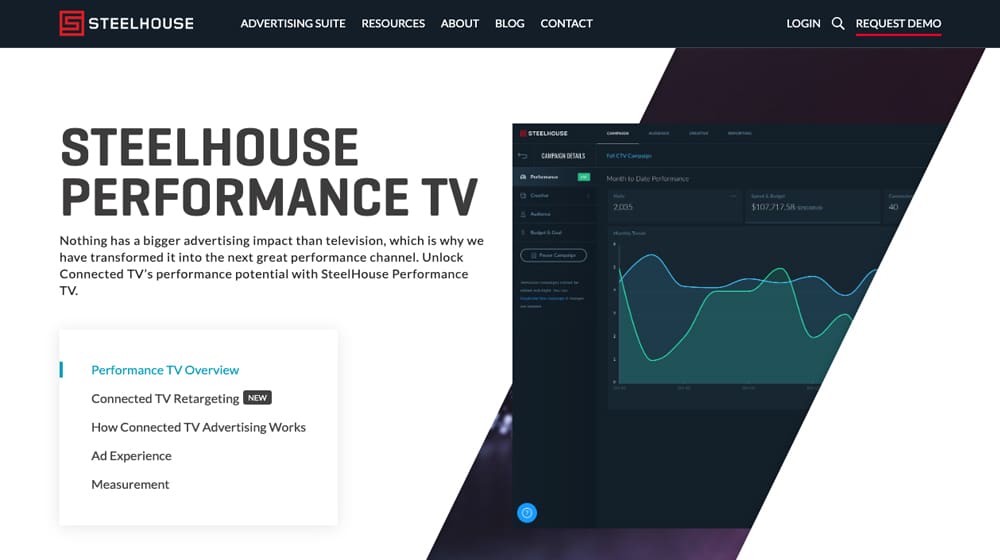
This strategy can be potent for local companies, and there are even digital solutions to automate offline solutions. For example, direct mail APIs can send hundreds or even thousands of mailers or postcards at the click of a button.
Measuring Customer Acquisition
If you've spent any time with professional marketing, you know the first thing you do with any strategy is define the data. What are you measuring?
The primary metric at hand with customer acquisition is CAC: Customer Acquisition Cost. That's right; it's a cost metric. You're not as concerned about volume as you are about the price it costs per customer to reach them. After all, the more customers you get for lower prices, the more profits and returns you can earn.
It's a simple equation, but it's very tricky to track. Here's the formula:
Customer Acquisition Cost = Total Marketing Costs / Number of Customers Acquired
So if you spent $5,000 on marketing and got 50 customers out of it, your CAC is 5000/50, or $100 per customer.

The tricky part is the total marketing costs. Every cent spent on your marketing should be accounted for. That includes the funds spent on PPC ads, the price of content you paid to have created, the cost of tools you use, the price of outsourced services, the wages you pay your marketing staff, and more. If you're factoring customer retention into acquisition, this can even include the cost of overhead and customer support.
CAC then becomes a matter of measuring every expense, optimizing each one, and improving any part of the process you can to improve overall acquisition rates.
Avenues to Improve Customer Acquisition
You can improve just about any metric. Customer acquisition is all about approaching the equation from three angles. You can:
- Lower the costs you spend on your customer acquisition channels.
- Lower the barriers to conversion, thus increasing conversion rates.
- Increase the number of people coming in, all while maintaining acquisition rates.
You can also improve the overall value of each customer. This process helps you with a derived metric: profit per customer. How much is a customer worth versus how much are you spending to acquire them? If it costs $100 to earn a customer who only pays you $50, that's not a great deal.
What marketing strategy and techniques can you use to boost customer acquisition and lower costs?
1. Audit your marketing expenses and look for ways to optimize spending.
Reducing expenses is generally the first place companies look, but there's only so much you can do. You can reduce your costs a lot by firing a high-paid marketer, but that's not a viable option, as we all know.
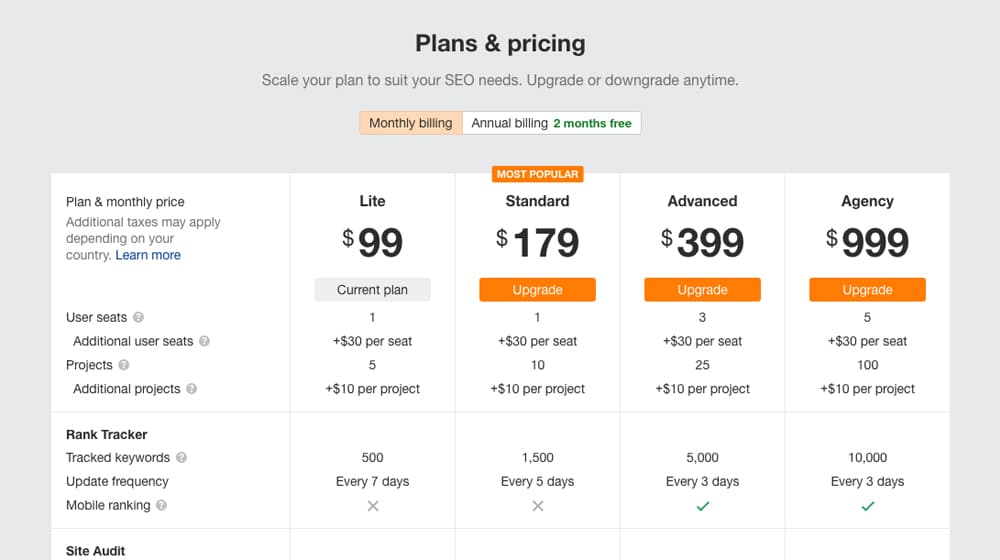
However, a few sources of expenses tend to get out of hand, slip through the cracks, or are optimized with little risk.
- The software you're using isn't being used to its full capacity. Often, you can find a cheaper alternative (or figure out how to make full use of the software for more significant benefit.) it's easy to sign up for a service for an introductory rate and start using it. Then, a year later, you realize you're only using 20% of what the software offers but paying for the entire suite.
- Your ad spending has become too expensive, less effective, or otherwise off-track. Spending extra cash to A/B test (also known as split-testing) ads and your CTA for minor variations that aren't likely to have significant returns, paying for ads for keywords that aren't working, or just generally not optimizing your ad spend is a huge cost sink.
Reducing costs in this way is highly likely to reduce your CAC. However, there will be diminishing returns. At a certain point, cutting costs also means cutting productivity or quality, which hurts CAC in return. It's a balance you need to strike.
2. Readjust and realign your marketing with your audience.
There's a phenomenon known as "audience drift" or "messaging drift" where, over time, what you think you're doing is not what you're doing.
For example, maybe your business was primarily marketing at young adults in the 25 to 40-year-old range, but your messaging and your products end up being more appealing to high schoolers. Something as simple as changing up the language, copy, and even channels you use (TikTok instead of Facebook, for example) can have a significant effect.
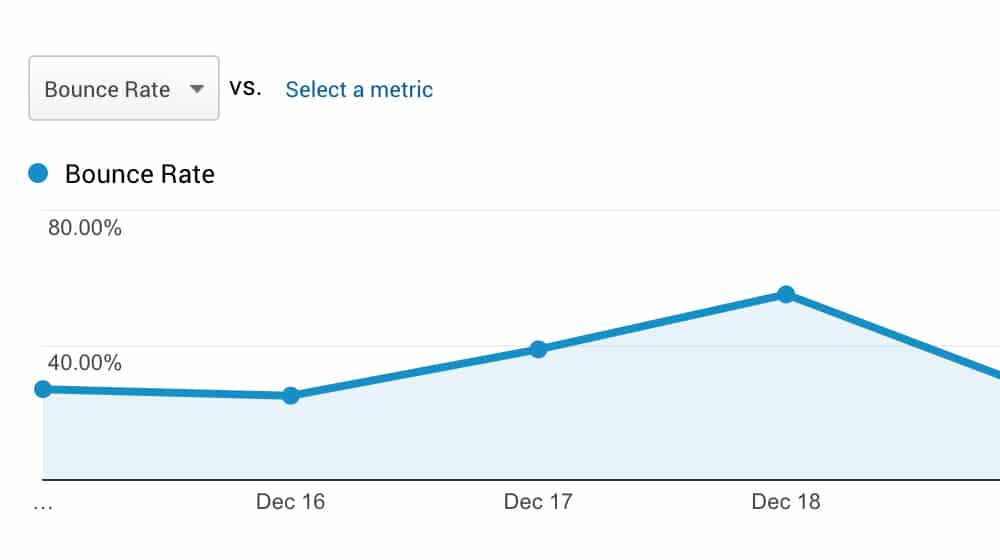
It's well worth periodically looking into your demographics, interest profiles, and user behavior to see if there's a difference between what you're doing and what you should be doing. Chances are, if you haven't done such an audit in a couple of years, there will be.
3. Make (better) use of retargeting and remarketing.
Retargeting and remarketing is the process of building an audience out of, specifically, people who have engaged with your marketing already.
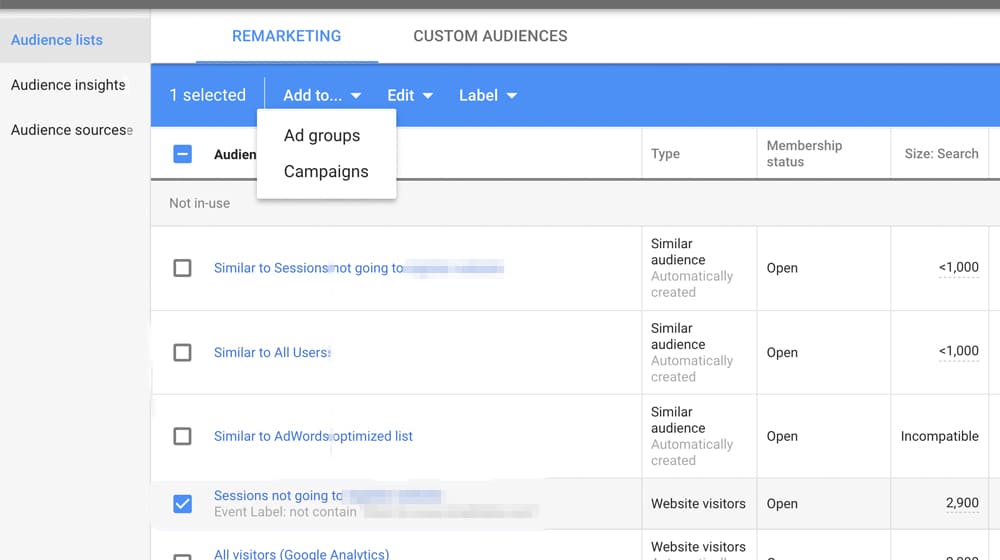
It's often a much better audience to target than "all people on Facebook" or whatever other broad top-of-funnel marketing you do.
4. Emphasize customer retention and improve your customer relationships.
While customer retention doesn't necessarily reduce your overall CAC, it boosts customer lifetime value, making each individually acquired customer much more worthwhile to your business. A high churn rate will hurt your bottom line, and you could end up investing in the wrong marketing efforts. A positive customer experience is good for business.
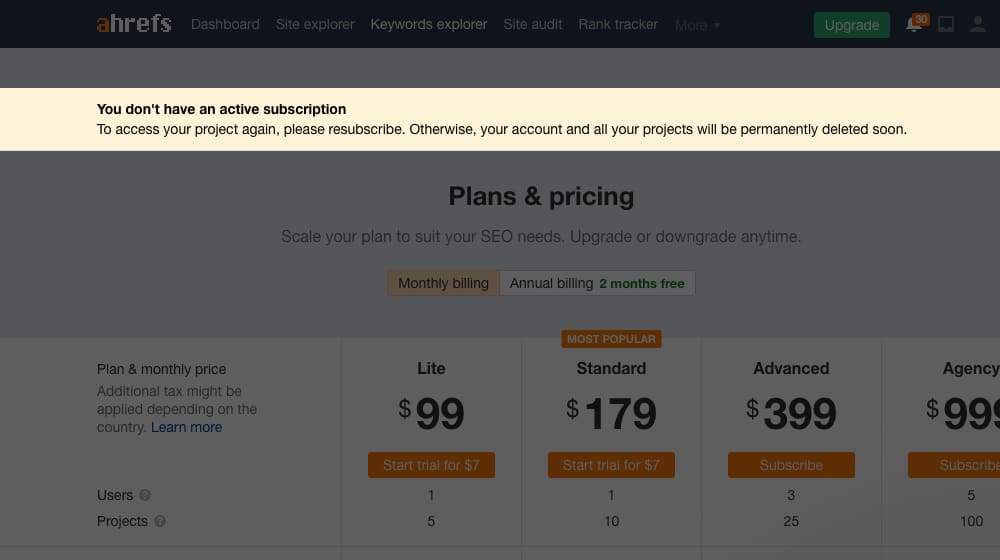
Sometimes, increasing investment is better than cutting costs. What this does is give you more leeway to play with. Instead of cutting costs, if you have more flexibility, you can even invest in a more expensive (but higher quality) platform/program/employee, which can, in turn, have a more significant impact on boosting your CAC.
5. Expand your acquisition channels.
Sure, you're using the big ones. You're paying for ads on the major ad networks. You have social media up and running. You have a blog that you maintain on a regular basis. You have a good organic search presence, and you're doing content outreach, and so on.
What about finding loyal customers on other channels? Sometimes, niche channels can be even more beneficial for a relatively minor investment.
- Social media groups. Facebook groups, LinkedIn groups, and other small tribal communities can be great to target.
- Implement an affiliate or referral program. Word of mouth can be a powerful source of trust and motivation, and the reward you give to your affiliates can be surprisingly small and still motivate them to promote you.
- Give influencer marketing a shot. Niche and industry influencers can be a potent source of partnership, though there are a lot of "fake influencers" out there whose audiences don't convert, so be cautious with this one.
There are plenty of unorthodox channels out there to explore, and many of them fall into the "growth hack" category, meaning they're exceptionally cheap to use. The cheaper it is, the more you can invest, and the less your returns need to be for them to be still worthwhile.
6. Consider automation.
Sometimes, there are inefficiencies in your process. Automating parts of your marketing can make up for it. In some cases, automation can even use machine learning to perform more powerful optimizations than you would be doing it manually.
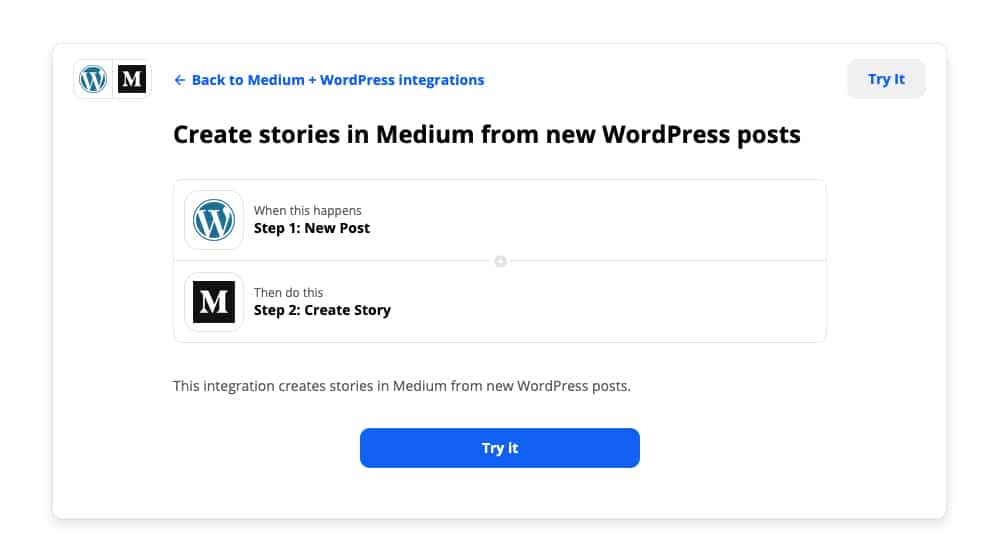
If you have high-skill marketers spending hours every week on data entry or porting data between platforms, sometimes automation becomes a much more effective way to reduce costs.
The Best Advice
There's one piece of advice I can give you that should guide and drive all of your customer acquisition efforts:
No matter which of these customer acquisition methods you want to use, it needs to be something you can do for the long term.
Don't cut costs in a way that hinders future growth. Don't over-spend now in a way you can't sustain (unless there's an excellent reason to do so.) Don't let yourself be your own worst enemy.
All too often, decision-makers look at the costs and profits without looking at the nuance behind them. Making a decision that looks good on paper can still be the wrong decision if you think about the indirect, non-monetary repercussions. Or, to put it briefly: don't do something you'll regret.
Never stop learning. Never stop trying to improve. Never stop optimizing, testing, measuring, and optimizing again. Growing a business is an ongoing process, a lifestyle, not something you can do once and coast on for the foreseeable future.
What is your customer acquisition process, and is it working for you? Are you considering diversifying your customer acquisition channels, or do you have any questions for me? Please share with us in the comments below! I make an effort to reply to every comment I receive, and I'd love to hear from you.



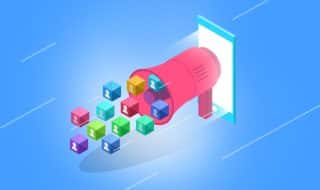
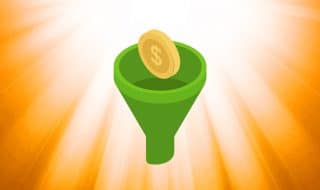
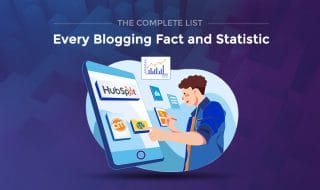
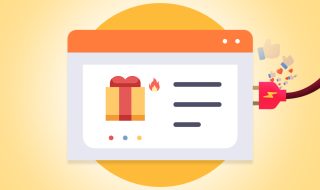
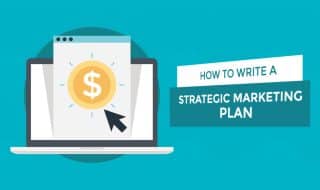
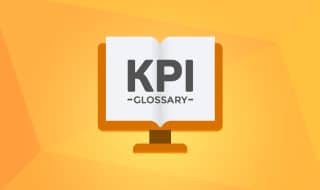

March 15, 2022
Great guide here, props for the unorthodox channels you linked!
March 15, 2022
Haha, thanks Gerry! I appreciate that 🙂
March 18, 2022
Do you think it's better to focus on one ad platform or diversify early on? We're currently focusing on Google Ads but I'm not sure if it's enough...
March 25, 2022
Hey Larry!
It depends on your advertising budget.
Some of these methods need enough time to collect conversion data across all of your ads and determine which is working and which isn't.
If you're spread too thin across many different channels, it may put too much pressure on that platform, and your tests may not be conclusive.
As long as you have the budget and continually test and implement conversion tracking to determine which ads are responsible for your conversions, I don't see how you can go wrong.
It's a constant rinse-and-repeat effort of testing ads, trimming the fat, and putting more money into the methods or advertisements that are performing the best.
Organic strategies like blogging and social media can take years to pay off, so it's much more challenging to calculate your long-term ROI.